Conversion Rate Optimization – 3 Reasons To Scale-Up Your Business
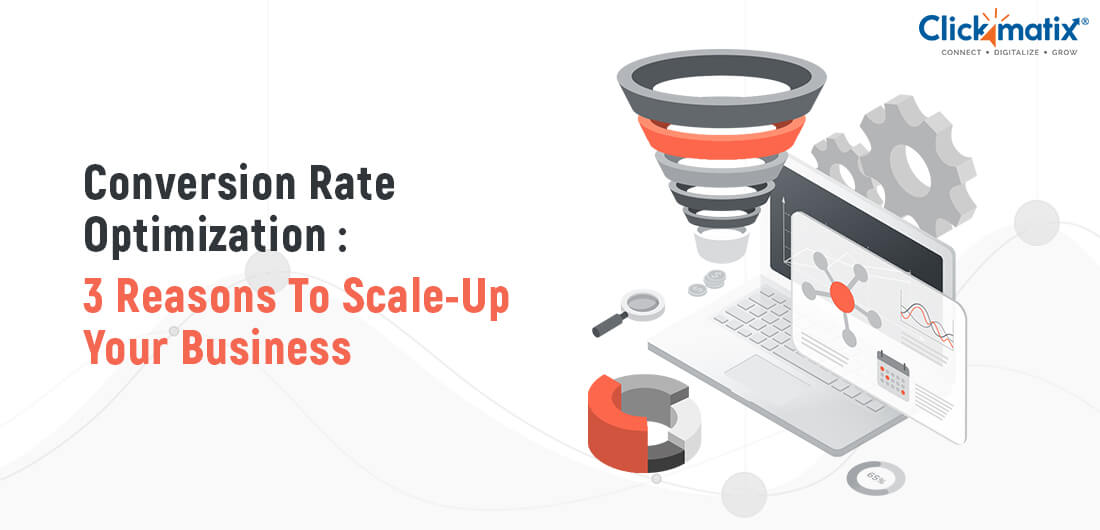
Anyone who has been working in marketing for a few years, it’s unlikely to not have heard about data-driven marketing. Data-driven marketing contributes to the growth and has become a big hit amongst the marketing community. To know more about the latest trends, keep a tab on Checking Google Trends and its popularity in recent years. Data-driven marketing is more than just a fad, marketers are grained to learn more about it because the technique works. For instance, according to a study by Statista, about 90% of marketers globally use data while making their decision strategically.
The question arises: what is ‘data-driven marketing?’, and how marketers are using it to deliver better results for the company.
It is undeniable that in online marketing, a conversion ratio is the ratio of total visitors who have performed the act of conversion. Digital businesses measure successful conversion ratios differently due to the nature of their businesses and their goals.
A publisher’s CRO is submitting a page, whereas for an online retailer it is being measured by their conversion rate of a number of clicks to the ‘Add to Cart button. Internet businesses in different niches have implemented multiple methods to improvise conversion rates, as higher conversion rates translate to greater return on investment.
Understanding the context with empathy equals conversion
Many CRO agencies would understand that when a visitor is on the page, the reason isn’t the same all time. The reason varies, be it to solve a query, browse the products or services, or just to look at the functioning of the website, the ability to convert with them starts with understanding their needs and the requirements. Each of the visitors is given a cost-benefit calculation, in this, the rewards are calculated in outweighing the results- the question arises, ‘How would you benefit?
In the case of a perceived value, if it is greater than the required to get that value before it gets conversion. It is where the strength of the motivation is more than friction and as they move forward, it helps one in reaching the goal. There are two ways to increase your conversion rate: Build the motivation and make the process easier for them to take any action regarding it.
The key to this is in understanding the visitor, knowing what they’re thinking, and assuring the best solution. In guiding the decision, we improve our website by drawing a map for guidance. For CRO services, it is about connecting to the mindset of the visitors and guiding them with the actions in suspecting the prospect.
Collaboratively working with data and marketing for efficient results
Online marketing has a big advantage over its offline medium- it can be tracked, its progress, and failures strategically. With the accommodation of modern software programming, it has permitted many marketers in tracking the progress online. For an instance, Google AdWords provides the track of the exact number of impressions on the ads based on the demographics and the audience retention alongside the amount of money each ad generates. On the other hand, Campaign Monitor shows one the open rate, CTR, and the number of clicks that each email gets alongside the other metrics.
The strategic implications of this company allow marketers in understanding what works and what doesn’t. It also helps the companies in understanding the results that are spent on each medium and also emphasises smooth customer experience on the site. Having access to the pool of data has both advantages- positive and negative implications for marketers. The good path is, it also helps the marketers in optimising the campaigns that maximise the results.
The only bad news is, there are times when marketers can get flooded with dead-end data that not only wastes time but also impacts the strategy. Good data analysis not only requires discipline but also a strategy for mining data for insights. One should know what is needed and where it should be focused, it also requires one to have a clear understanding of knowing what one should know and what is needed.
Elevate your business’s track record through conversion rate optimisation with data-driven marketing
Not only are conversion rates important for marketers to improve but it also increase the conversion rate in lowering the acquisition cost as it drives more revenue per conversion. There are numerous conversion rate optimisation tips when implemented, it improves the rate of conversion, however, the most preferred methods for improving conversion derive from the data are:
- Customer conversion analysis
- A/B testing
- Usability personalisation
- Website personalisation
- Cart abandonment analysis
To understand how these tips work and can be used to improve the conversion rate, it is important to follow these steps:
- Optimising your customer’s journey with real-life personas
The journey of the customer represents the steps of the customer’s journey of the company, from the initial stage of knowledge about the business, until it becomes a loyal customer.
Step 1: Representing the browsing visitor, through email subscribers. Any time when these customers could be interested in interacting with your offers, but the intent is usually low.
Step 2: Applying the subscribers with first-hand experience, on chance, they are either loyal or long-term customers or committing to becoming customers but people who seem interested in the business.
Stage 3: On a stage, there are people who have now become customers and have a chance to become loyal ones.
The journey of the customer
It allows the customers to take people from the initial stage until it reaches the third stage. To achieve the goal, one should know what they are and what should be done to reach the next stage. This is where one should have real-life data about the personas.
The process of getting data from the personas comes mostly from qualitative research, like:
- Email, phone, or in-person interviews: When interacting with customers, it provides valuable information when it comes to their buying behavior, what motivates them, and their related services.
- Web, email, and exit surveys: This process is similar to interviews, it helps you to understand the real-life situation and understand whether the site or products on your site are meeting the required specifications.
With the assistance of interviews and surveys, it collects the information and data in developing your real-life persona, this creates segmental based commonalities that one finds from the data, it includes:
- Customer’s goals
- Hesitation and concerns
- Information that is needed to make a purchase
- Expectations while making a purchase
While developing these personas strategically, you need to see what one should do to solve their concern by giving clear information about the expectations and fulfilling the goals:
- Optimising the pages based on A/B testing
Before one makes changes to the site’s pages, one should have a database based on the decision and the best is through A/B testing. It gives one a real-life experience in visitor’s action, one shouldn’t assume anything, and have your visitors behave based on the customer’s decision. The whole process is based on finding what is to be tested, developing a testing hypothesis, and developing an actual test that requires data, one can collect:
- Analytics provider
- Surveys (web or email)
- Tracking the mouse
- Heatmap
- User-testing
- User session and analysis
The process of optimisation in conversion testing helps in finding the part and section of the website that one needs to improve. All one needs to know about testing is to develop a testing hypothesis, defining the elements as:
- Business objectives
- Website goals
- Key Performance Indicators
- Target metrics
When defined to the website, the four elements can contribute to improving the target metrics to get the solution for improving the metrics. In order to improvise the testing process, one can use a framework to prioritise the ideas with the potential to lower implementation costs. With the testing hypothesis, all one has to do is implement the test idea in defining the previous test theory’s insignificant results. It helps in predetermining a sample size and runs the test for the next few weeks. One has to analyse the results by segmenting the test and analysing for the A/B testing tool that can be used to run the tests for the optimisation targeting with email campaigns with the help of Campaign Monitor.

Get weekly insights for revenue-shifting results
Sign up for our newsletter and be the first one to know about our exclusive offers, digital marketing news and updates.
|
|
Thank you for Signing Up |


- Personalising the website by targeting the behavior of the customer
Customisation and personalisation of the website is the process of creating a customised experience for the visitor of the website. Without providing a single, broad experience for the website personalisation, it permits the companies in presenting the visitors with a unique experience, crafting as per the needs and requirements of the customer. For the personalisation of the website, it is ideal to increase the relevance that helps in decreasing the bounce rate and elevating the conversion rate and all one wants is to be clear about the goals.
With personalisation segments, it has an attributed to:
- Geolocation
- Suitable device
- Traffic source
- Visiting source
- Transactional data
All one has to do is a personalise the website, it should have a simple CTA to a whole new homepage, similar to A/B tests with personalisation and a hypothesis that can be measured. There are multiple tools that can help one in personalising the experience, which include:
- Barilliance
- Pure clarity
- Omniconvert
- Monetate
- Personyze
Conversion statistics one should know:
Data is important in converting the data for the optimisation process, it is important to find out the interesting conversion statistics. One should have the data to compare the statistic, like:
- “More than 60% of the company lacks a structured approach to the conversion rate optimisation”
- “10% of the website converts at 11.45% or higher while the top conversion occurs at 25% at 5.31 or higher”
- “It is advised to embed the videos on a landing page to increase conversion by an approximation of 80% or more.”
- “Neat about half of the consumer’s trade video animation on a webpage for a faster load time”.
- “90% of the consumers aren’t sure about the brand or the product before they do conducive research”.
- “Delayed response leads to more than 7% of the reduction in overall conversion rate”.
- “Nearly 50% of the consumers want their webpage to load in less than two seconds or less”.
- “Optimising the contact and subscription that forms the increase in the conversion rate that maximises up to 25%”.
- “With a user-generated conversion, it affects/elevates the increase by 150%”.
In conclusion
About 90% of marketers consider data as the most underutilised asset that yet most of them haven’t utilised in data-driven marketing that helps in the overall conversion rate. These tactics include:
- Optimising your customer’s journeys with real-life personas
- Optimising the pages based on A/B test data
- PErsonalising the website with behavioral targeting
Data is the core when it comes to digital marketing, people prefer one-on-one communication with the brand, and is always recommended to consider the other ways of collecting data. For example, while working on email marketing to help collect the data, it is often overlooked as social media marketing, it can be tricky in measuring the overall ROI of social media marketing.
When it comes to building brand awareness the best opportunity is to attain new customers and marketing professionals aim to rank their social media on the top of the list, even higher than the email marketing campaigns to churn more results and get customers. There are numerous ways to use social media insignia and analytics in helping your overall marketing conversions. There are many digital marketing channels, but when it comes down to having the right strategy.
To know more about our CRO services, it is important to analyse what strategies one is working on and find an agency that meets all the requirements and needs as a business. Check out this space for more updates and information.
In search for strategic sessions?
Let us understand your business thoroughly and help you
strategies your digital product.
It's time to call your business-
a brand!
Australian Owned Agency
Save Time and Money
Unbeatable Value
Where Work Gets Done
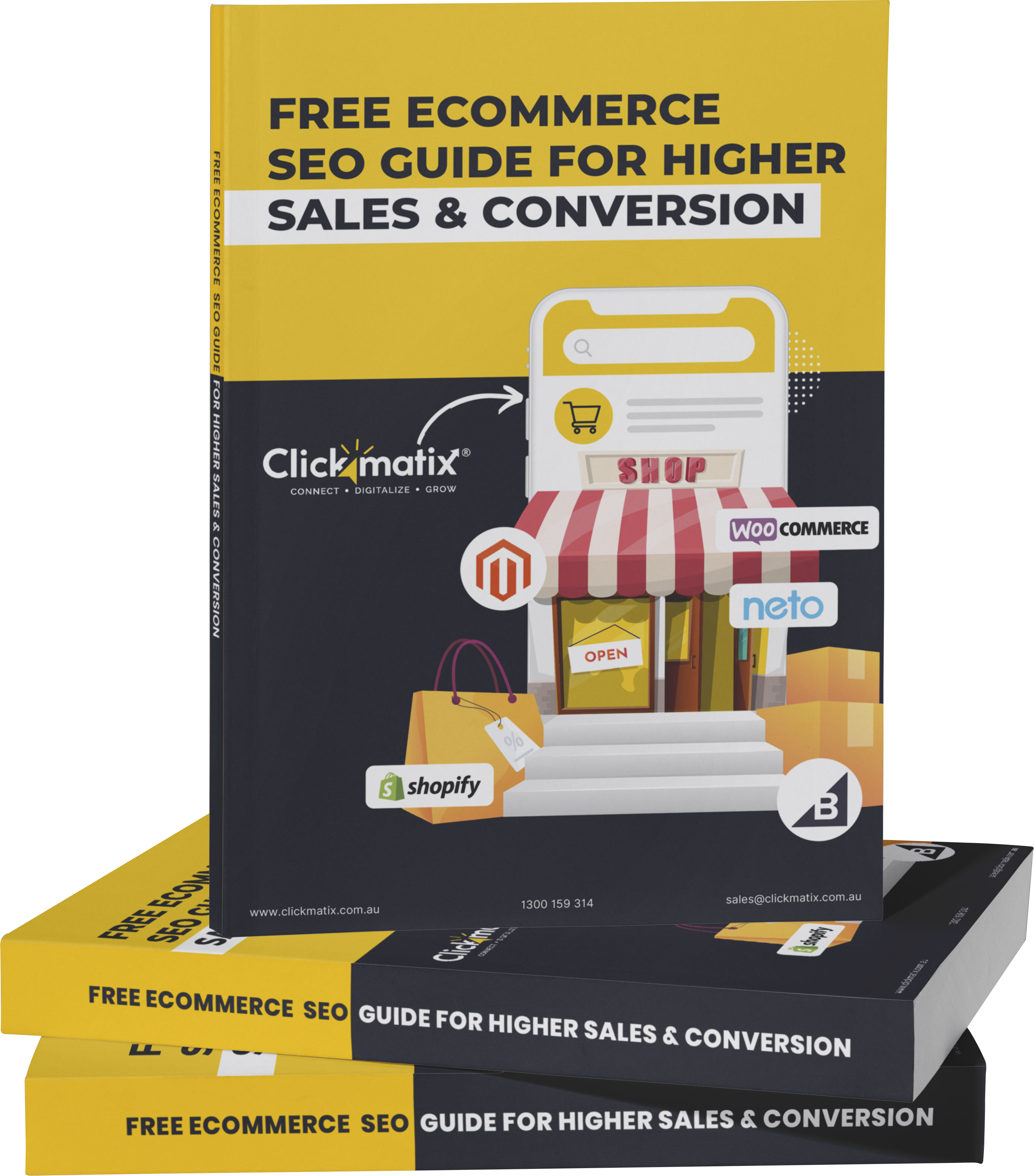
free Ecommerce SEO guide for Higher Sales & Conversion


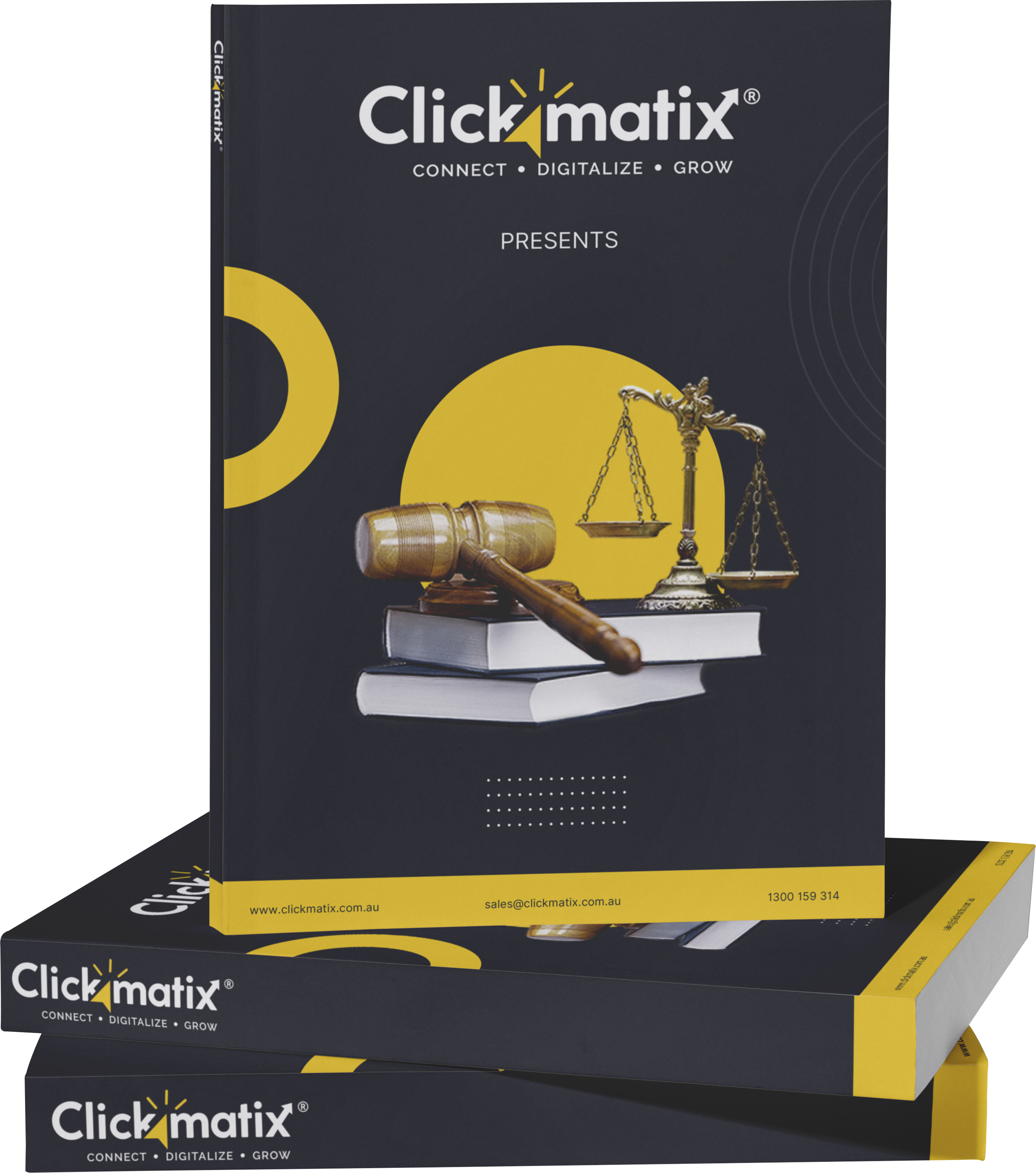
THE ULTIMATE MARKETING GUIDE FOR LAWYERS



Youtube Ads Guide How to Advertise on Youtube



free Ecommerce SEO guide for Higher Sales & Conversion


It's time to call your business-
a brand!
Australian Owned Agency
Save Time and Money
Unbeatable Value
Where Work Gets Done


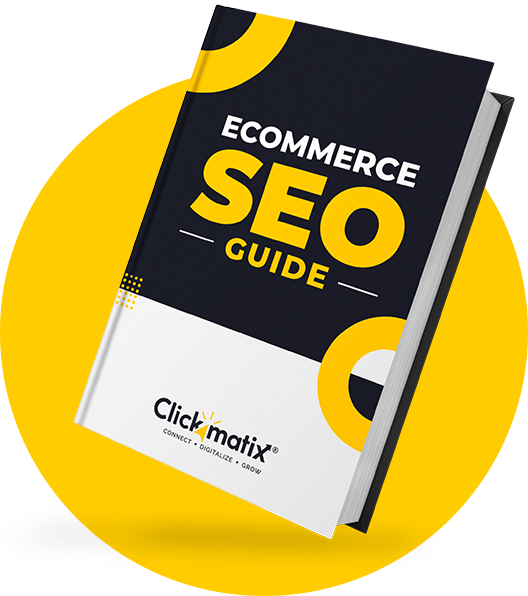
The Game-Changing Ecommerce SEO Guide That Will Blow Your Mind & Sales
With this Ecommerce SEO Guide, you'll be able to:
- Develop a Ecommerce SEO strategy.
- Build a content marketing strategy that aligns with your business goals.
- Convert your website visitors into paying customers.



Youtube ads guide how to advertise on youtube
With this Youtube ads Guide, you'll be able to:
- Develop a Youtube ads strategy.
- Build a type of ads of your own that aligns with your business goals.
- Generate revenue from youtube ads.
It's time to call your business-
a brand!
Australian Owned Agency
Save Time and Money
Unbeatable Value
Where Work Gets Done









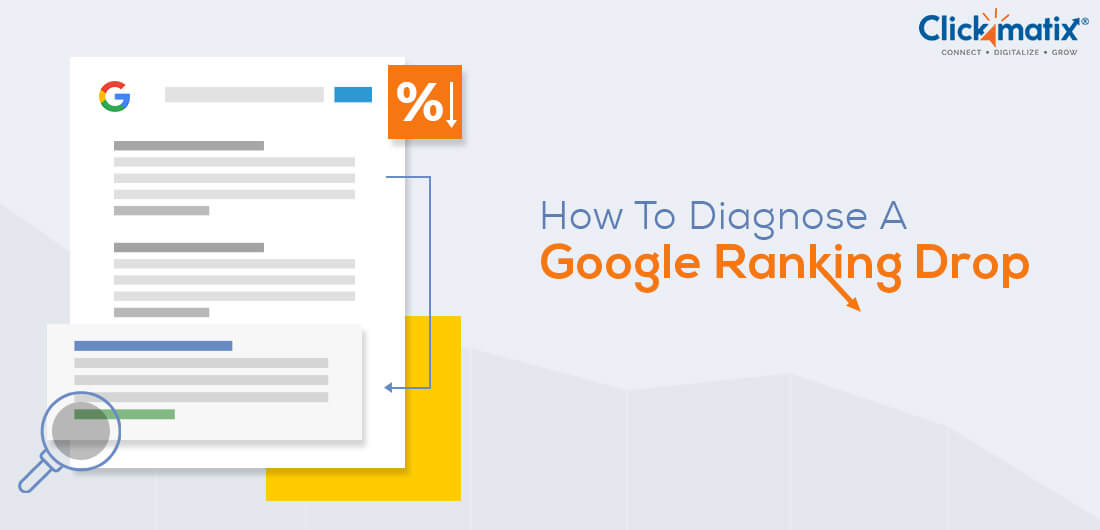
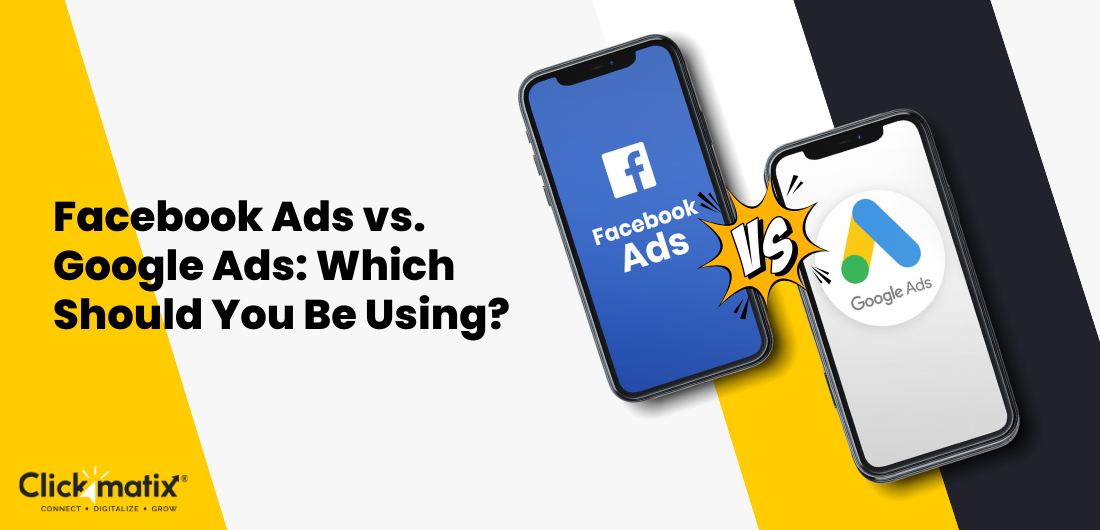


 Australian Owned Agency
Australian Owned Agency Save Time and Money
Save Time and Money Unbeatable Value
Unbeatable Value Where Work Gets Done
Where Work Gets Done